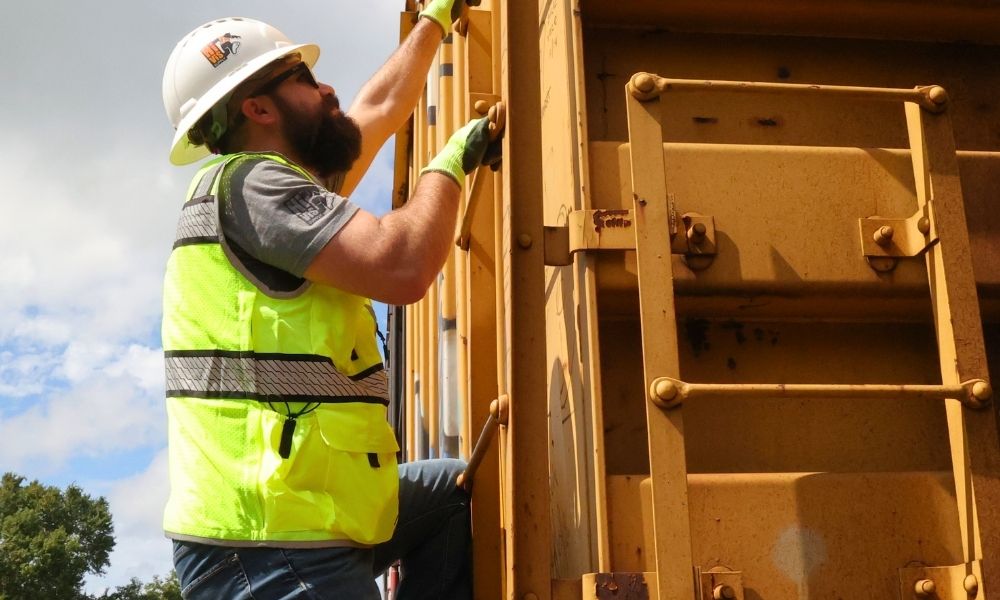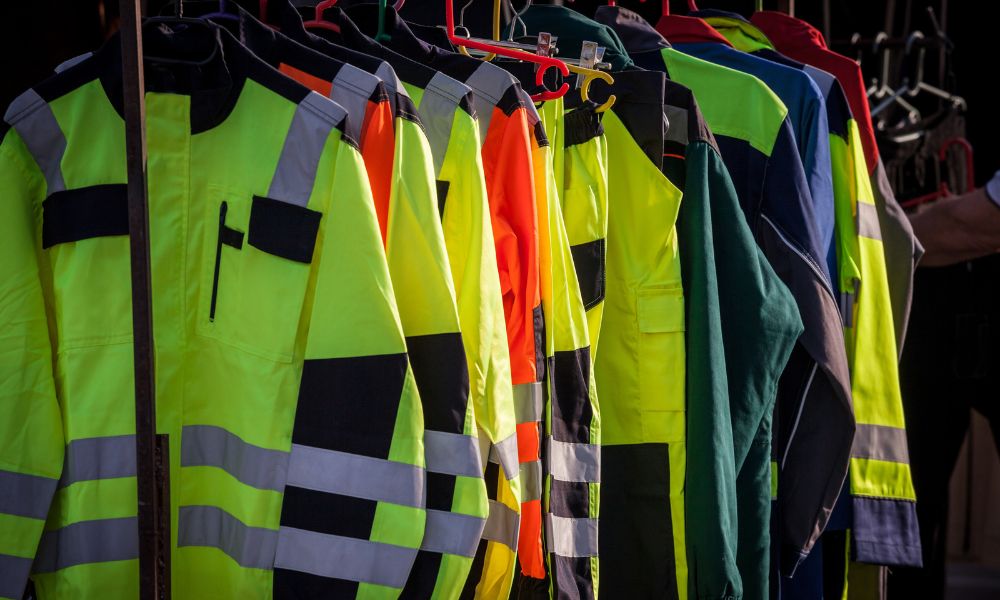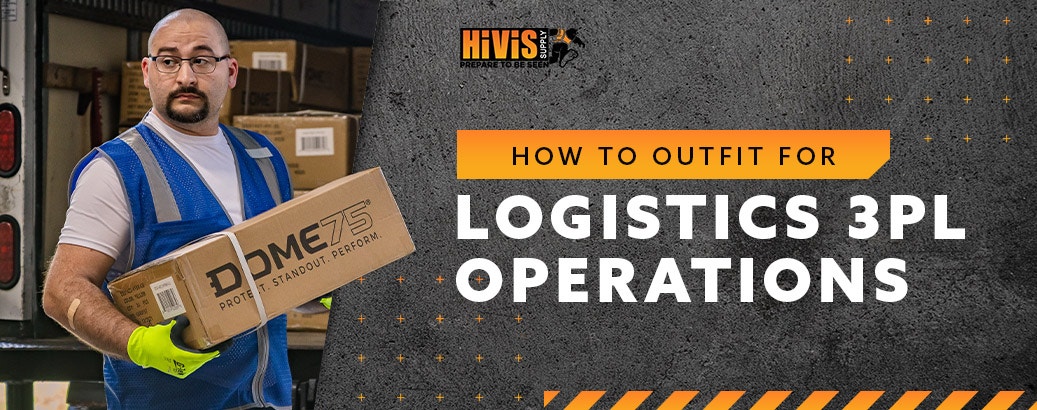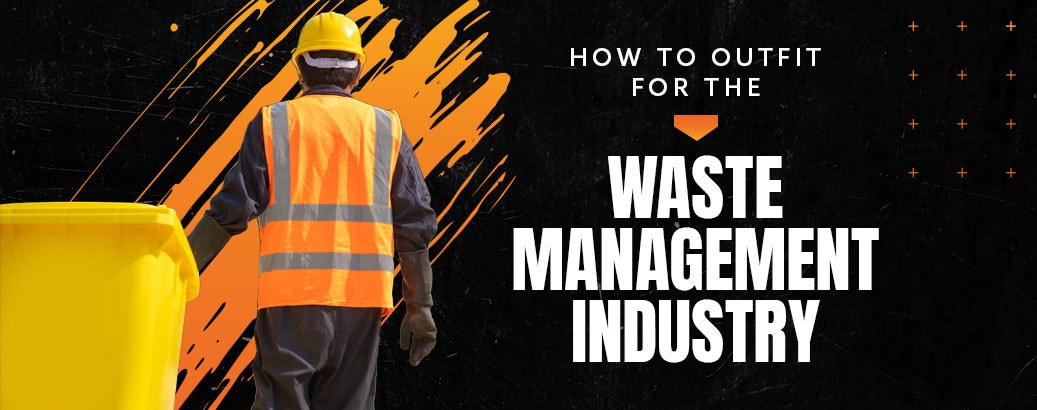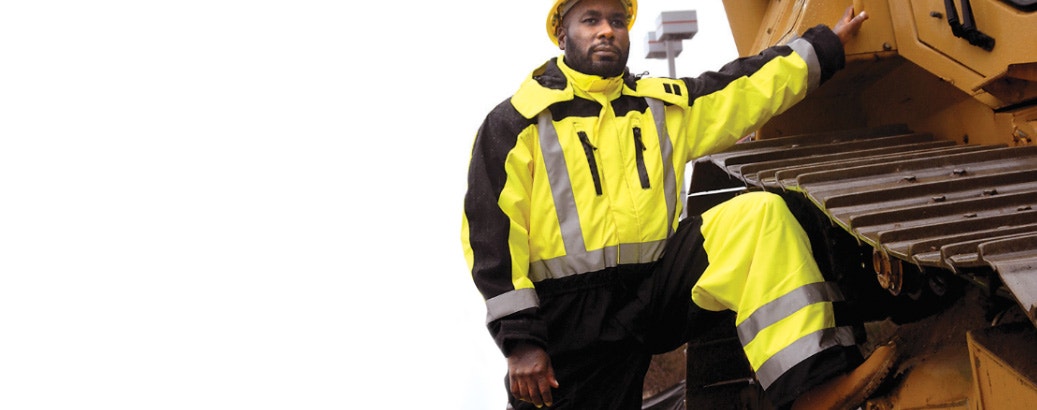Workplace Safety: Working in Heavy Traffic
- Jul 27, 2016
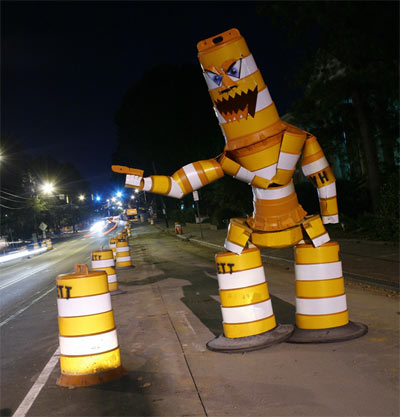 We live in a busy world. While it might be ideal to keep all job sites free of pedestrian and vehicle traffic, that's not always possible. More often than not, workers who build and repair roads, bridges, sewer & water lines, power lines, phone lines, and a variety of other job tasks are required to work in the immediate vicinity of heavy and often dangerous traffic. Whether it's a side road in a suburban area or a busy interstate highway during rush hour, the hazards of the job are greatly magnified when working near moving vehicles.
We live in a busy world. While it might be ideal to keep all job sites free of pedestrian and vehicle traffic, that's not always possible. More often than not, workers who build and repair roads, bridges, sewer & water lines, power lines, phone lines, and a variety of other job tasks are required to work in the immediate vicinity of heavy and often dangerous traffic. Whether it's a side road in a suburban area or a busy interstate highway during rush hour, the hazards of the job are greatly magnified when working near moving vehicles. Many companies offer safety training for those working in close proximity to moving traffic, but in most cases you're just required to wear your high visibility safety gear and told to "look out for traffic". Of course both mobile and stationary barriers are often used to separate work sites from the highway, but this isn't always the case. Sometimes workers have little to no real protection from fast moving vehicle traffic, leaving a good operation of their safety up to the motorists themselves.
To reduce the chances of an accident, injury or death when working in heavy traffic, it's important to practice the following:
Be aware of your surroundings: Know what's in front of you and behind you at all times. When working in close proximity to moving traffic, always be aware of which direction the traffic is heading, how much buffer space exists between you and the road, and what type of barriers are used. Don't forget that large trucks, mobile homes, tractor trailers take up more space and often make a closer approach to your workspace than normal passenger vehicles. Always be sure that hoses, ropes, power cords and similar objects are far enough from the roadway as to not be sucked in by wind or the draft of passing vehicles.
Expect the Unexpected: A lot of the time, you only have so much control over your safety. The rest of it is up to the passing motorists. This is the reason that work zones have reduced speed limits which reduce the chances of high-speed accidents. At any given moment, a driver who may not be paying attention could veer or the roadway heading in your direction. Also, rising/setting sun, fog, and low-visibility caused by bad weather or night time conditions can further hamper motorist's ability to see. Likewise, tires can blow out and parts can fall from vehicles or tractor trailers, acting as deadly projectiles that can easily cause bodily harm or death.
Go Prepared: Always be sure you're wearing the proper ANSI compliant high visibility garments. One great idea for working in or around traffic is to use a breakaway safety vest. These safety vests utilize velcro-style breakaway points which will easily rip apart with enough force. If your breakaway vest or jacket is caught on a passing vehicle, the garment will separate instead of dragging you along with it. In either case, wear as much reflective apparel as possible to ensure motorists can see you. Safety glasses should also be worn in close proximity to traffic because debris such as sand and rocks can quickly become airborne and present a hazard.
The US Department of Labor's Occupational Safety & Health Administration has an abundance of information in regards to highway, work zone, and traffic-related safety. You can visit their website HERE to learn more about highway safety. You can also view their Workzone Hazards Awareness resources to learn more tips on working safely in area with vehicle traffic.


